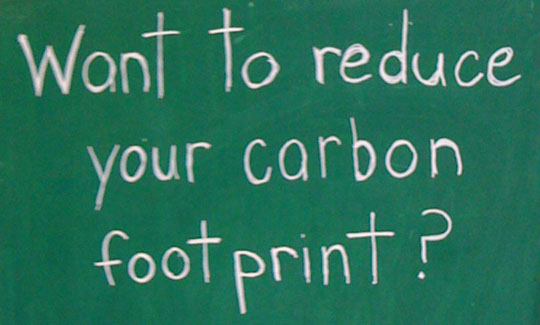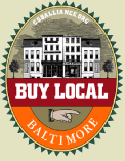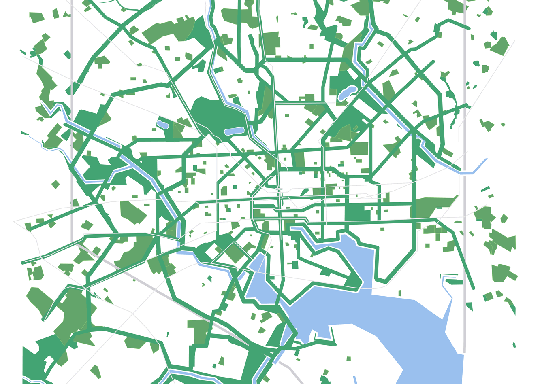How Can We Best Support People Who Want To Go Green?

I recently posed this question on several LinkedIn green groups and was surprised to get so many answers with a wide range of opinions. Most of them advocated systemic expressions of sustainability: green business, policy and regulation, economic incentives, standards, strategic planning, and simple common sense. A few mentioned awareness-building: education, marketing campaigns ("green is good"), and mission statements. The rest championed tools like directories, handbooks, and websites. One outlier suggested that sometimes the answer is just in a state of mind.
In the spirit of Ken Wilber and Integral , in one sense they are all right. Just not 100% right, to the exclusion of the others. I found it intriguing that the majority of them oriented towards systems, technologies, and policy, and only one touched on the metaphysical. Yet, consciousness of our innermost motivations, values, and beliefs is critical to the success of any greening initiative, whether personal or organizational.
As we make the transition from short-term, fear- and anxiety-based motivations to more long-term, optimistic and effective motivations, it’s important to bring greater consciousness to what’s behind our behaviors. Shining the light of awareness on how and whether our needs are being met can be transforming.
At GOforChange, we believe strongly that eco-friendly strategies are far better at meeting the full range of our needs than tired, wasteful consumerism. We are designing a process to help people bring that awareness to their own lives, called Your EcoBlueprint . One clear benefit is that it eliminates the mismatch between people’s "shoulds" and their actual behavior, giving them a fresh perspective on which green strategies actually work for them. Your EcoBlueprint is as unique as your fingerprint!
We invite you to give us your thoughts and feedback. What are the struggles or challenges you have with making green a priority? Is big-picture visioning a distraction from necessary action, or a helpful North Star? How are you negotiating the glut of information out there? We would love to hear stories of your ah-hah moments, successes, roadblocks, and your favorite awareness practices! Drop us a line through the contact page, or comment here.





 View the dynamic, moving GOforChange: Greening Baltimore video
View the dynamic, moving GOforChange: Greening Baltimore video






